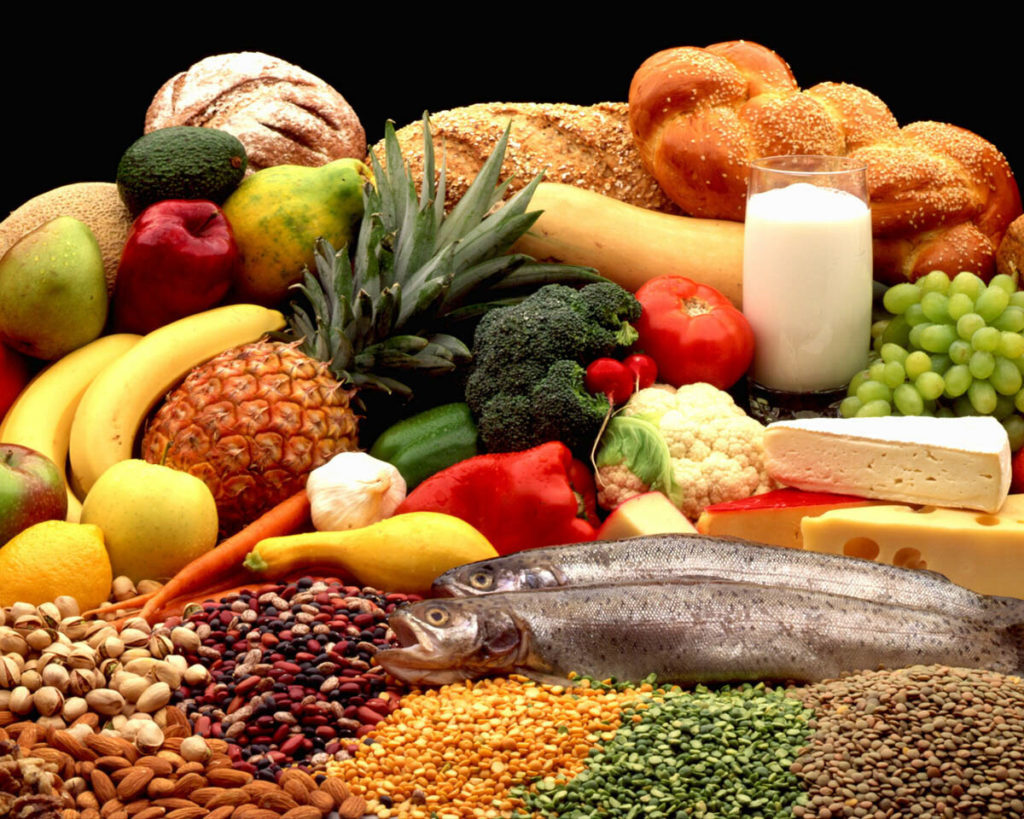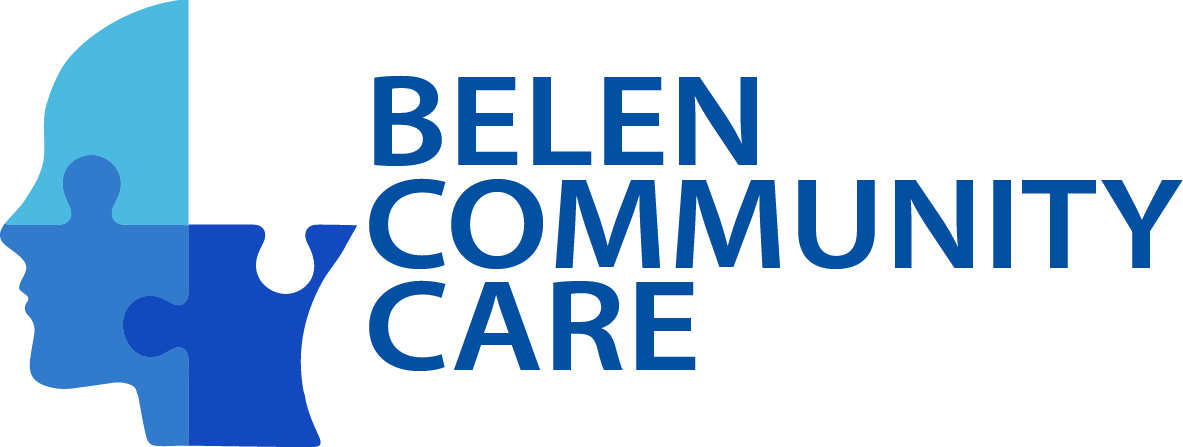
There is a great deal of focus today on nutrition and eating well. We hear about no carb vs. whole carb, low fat vs. full fat, and ketogenic diets vs. paleo diets. However, what is often missing from this discussion is the necessity of vitamins in our bodies, particularly as we age.
The most common and essential vitamins to healthy body functioning are vitamins A, B, C, D, E and K. Most people know that these vitamins are important, but few are aware of how unique individual nutritional requirements can be and how they tend to change as we get older. Below we’ll explore the purpose of each of these vitamins, how to spot a deficiency, ways to eat more vitamin-rich foods, and when to choose supplements if you find you or a loved one is falling short of daily nutritional needs.

Vitamin A
Vitamin A is one essential component for bone and cell growth, specifically skin cells, as well as healthy vision. In fact, historically, children deficient in vitamin A have lost their vision. The first symptoms of deficiency include night blindness and impaired immune function. This vitamin is absorbed in fatty tissues and used throughout the body. Vitamin A can be found in liver, carrots, sweet potatoes, spinach, squash, cantaloupe, red peppers and apricots.
Since vitamin A (like many others) is fat soluble, fats must be present in your diet for adequate absorption from the food you eat. Many people opt for low-fat or fat free foods, but dietary fat is necessary for healthy body function. Rather than avoiding fat altogether, opt for healthier unsaturated fats instead of saturated and “trans” fats.
Vitamin B
Vitamin B plays an important role in making energy from the food you eat, forming red blood cells and transporting iron throughout your body. There are several different types of B vitamins, and each one presents different symptoms of deficiency. The best way to ensure you get a sufficient amount of each type of B vitamin is to incorporate a variety of nutritious foods in your diet.
Vitamins B12 and B6 tend to get the most attention, and a deficiency in either can lead to anemia. If you are low in these two types, you may tire easily, get breathless with movement and feel dragged out. If you are seriously depleted in this vitamin, the symptoms will be more pronounced. Good food sources for vitamin B include whole grains and cereals, legumes, chicken, potatoes, fish and eggs.

Happy elderly couple with this year’s rich harvest
Another important focus in the vitamin B family is folate. Folate is responsible for iron transportation in the body, so a deficiency in folate will mean a decrease in hemoglobin. Good sources of folate include green, leafy vegetables, legumes, whole grains, fortified cereals, and some fruits and vegetables.
Vitamin C
We are often more familiar with vitamin C as it is commonly touted as a means of preventing illness, but it has many other important functions in the body. It is an antioxidant, assists with collagen production for bone and skin growth, and supports wound healing.
Recently, research has shown that vitamin C may play a role in reducing cancer risk. Vitamin C deficiency is rare these days but was historically attributed to diseases such as scurvy. However, too much of this vitamin can produce troublesome symptoms like cramps, nausea and gout. Studies have also linked too much Vitamin C to the production of kidney stones, which is why people who are prone to kidney stones are advised to avoid orange juice.
Vitamin C is readily available in supplement form and people are encouraged to take it in the winter months to reduce the effects of viral illness. Vitamin C can be found in foods such as fruits (especially citrus fruits), tomatoes, peppers, strawberries and broccoli.
Leave a reply










Leave a reply